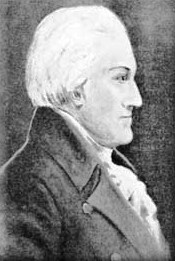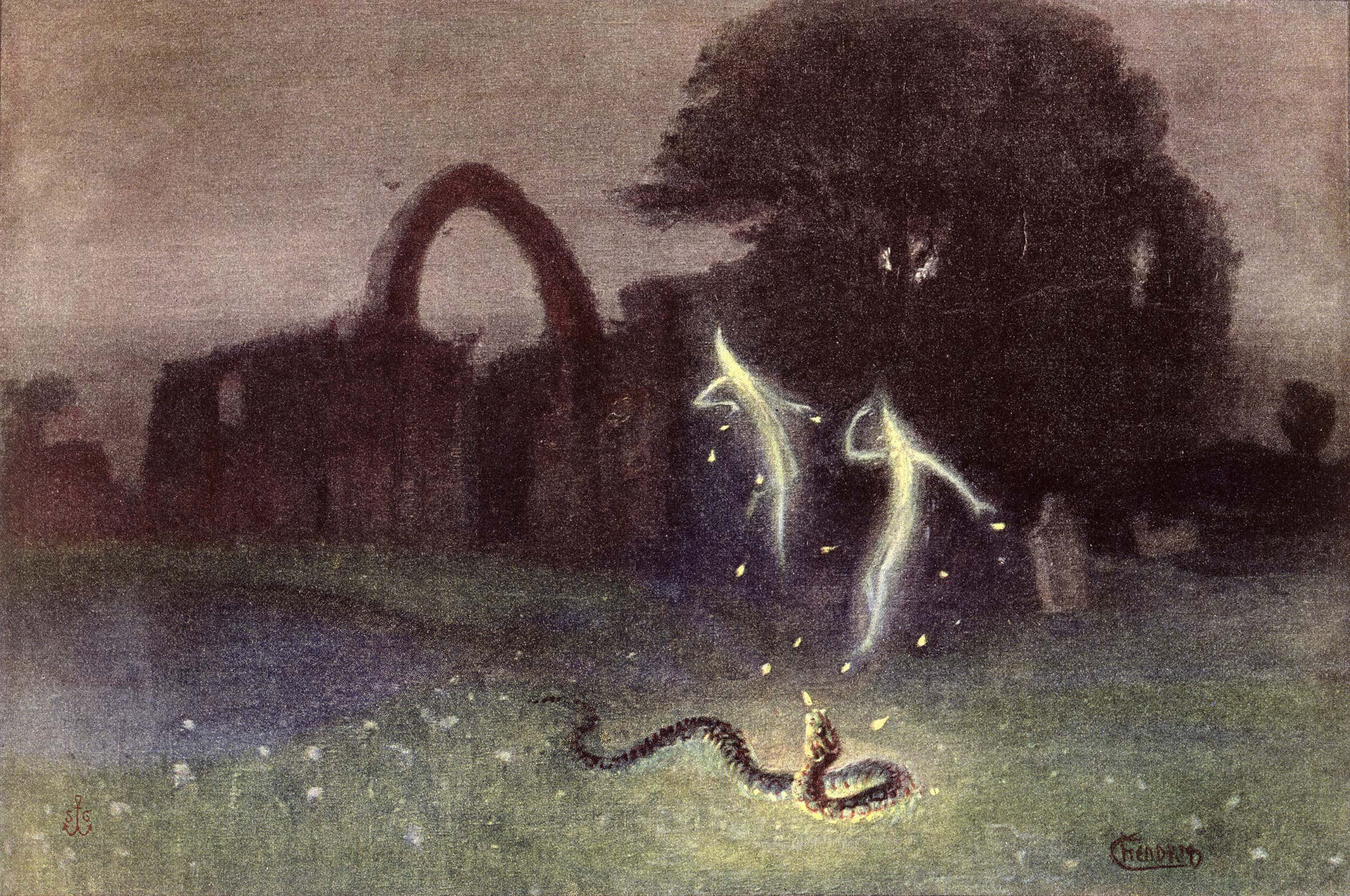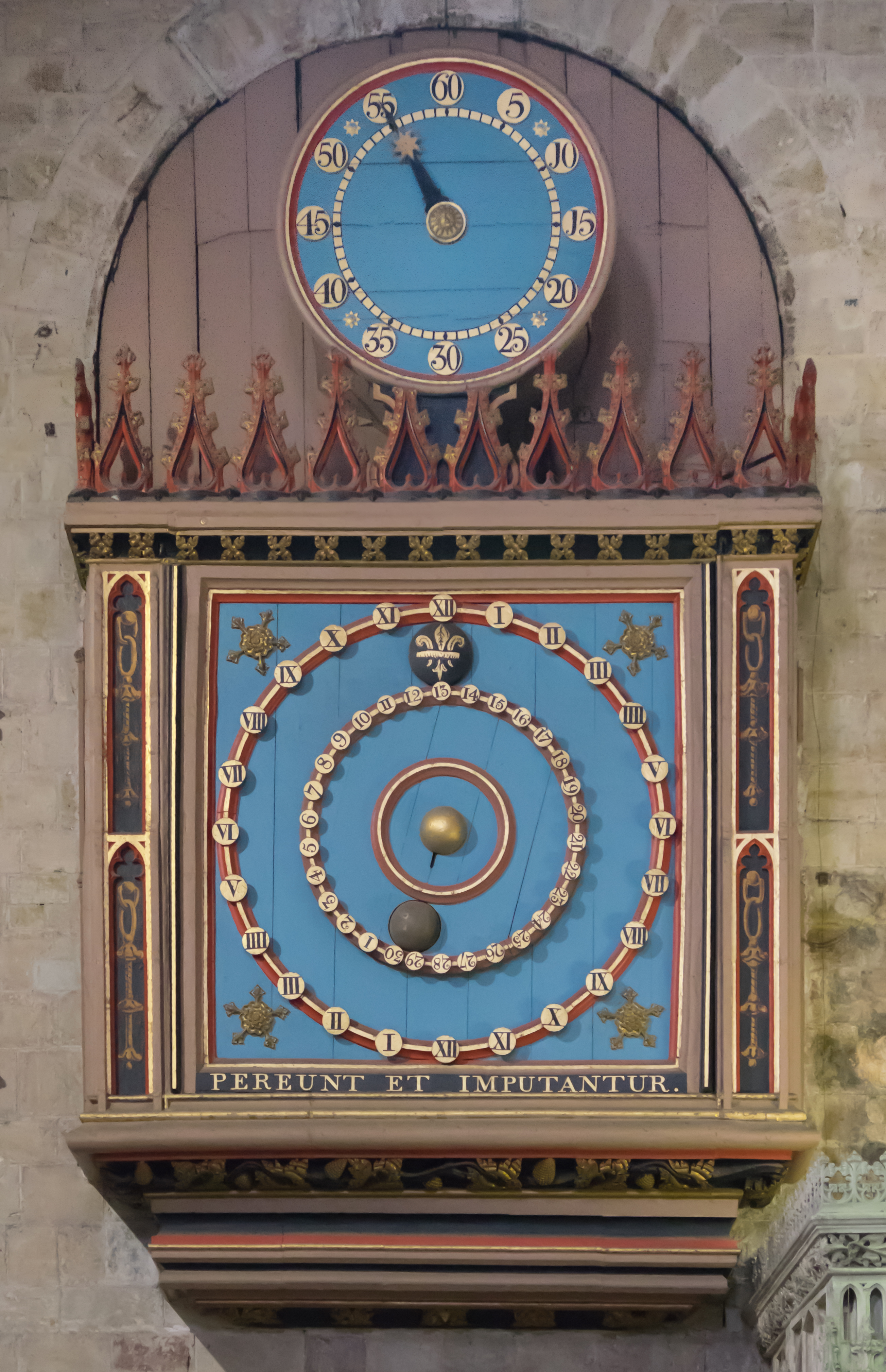|
Contraction (grammar)
A contraction is a shortened version of the spoken and written forms of a word, syllable, or word group, created by omission of internal letters and sounds. In linguistic analysis, contractions should not be confused with crasis, abbreviations and initialisms (including acronyms), with which they share some semantic and phonetic functions, though all three are connoted by the term "abbreviation" in layman’s terms. Contraction is also distinguished from morphological clipping, where beginnings and endings are omitted. The definition overlaps with the term portmanteau (a linguistic '' blend''), but a distinction can be made between a portmanteau and a contraction by noting that contractions are formed from words that would otherwise appear together in sequence, such as ''do'' and ''not'', whereas a portmanteau word is formed by combining two or more existing words that all relate to a singular concept that the portmanteau describes. English English has a number of cont ... [...More Info...] [...Related Items...] OR: [Wikipedia] [Google] [Baidu] [Amazon] |
Elision
In linguistics, an elision or deletion is the omission of one or more sounds (such as a vowel, a consonant, or a whole syllable) in a word or phrase. However, these terms are also used to refer more narrowly to cases where two words are run together by the omission of a final sound. An example is the elision of word-final /t/ in English if it is preceded and followed by a consonant: "first light" is often pronounced "firs' light" (). Many other terms are used to refer to specific cases where sounds are omitted. Citation forms and contextual forms A word may be spoken individually in what is called the citation form. This corresponds to the pronunciation given in a dictionary. However, when words are spoken in context, it often happens that some sounds that belong to the citation form are omitted. Elision is not an all-or-nothing process: elision is more likely to occur in some styles of speaking and less likely in others. Many writers have described the styles of speech in wh ... [...More Info...] [...Related Items...] OR: [Wikipedia] [Google] [Baidu] [Amazon] |
Portmanteau
In linguistics, a blend—also known as a blend word, lexical blend, or portmanteau—is a word formed by combining the meanings, and parts of the sounds, of two or more words together.Garner's Modern American Usage p. 644. English examples include '' smog'', coined by blending ''smoke'' and ''fog'', and '''', from ''motor'' ('' motorist'') and ''hotel''. A blend is similar to a [...More Info...] [...Related Items...] OR: [Wikipedia] [Google] [Baidu] [Amazon] |
Inflection
In linguistic Morphology (linguistics), morphology, inflection (less commonly, inflexion) is a process of word formation in which a word is modified to express different grammatical category, grammatical categories such as grammatical tense, tense, grammatical case, case, grammatical voice, voice, grammatical aspect, aspect, grammatical person, person, grammatical number, number, grammatical gender, gender, grammatical mood, mood, animacy, and definiteness. The inflection of verbs is called ''grammatical conjugation, conjugation'', while the inflection of nouns, adjectives, adverbs, etc. can be called ''declension''. An inflection expresses grammatical categories with affixation (such as prefix, suffix, infix, circumfix, and transfix), apophony (as Indo-European ablaut), or other modifications. For example, the Latin verb ', meaning "I will lead", includes the suffix ', expressing person (first), number (singular), and tense-mood (future indicative or present subjunctive). Th ... [...More Info...] [...Related Items...] OR: [Wikipedia] [Google] [Baidu] [Amazon] |
Clitic
In morphology and syntax, a clitic ( , backformed from Greek "leaning" or "enclitic"Crystal, David. ''A First Dictionary of Linguistics and Phonetics''. Boulder, CO: Westview, 1980. Print.) is a morpheme that has syntactic characteristics of a word, but depends phonologically on another word or phrase. In this sense, it is syntactically independent but phonologically dependent—always attached to a host.SIL International (2003). SIL Glossary of Linguistic Terms: What is a clitic? "This page is an extract from the LinguaLinks Library, Version 5.0 published on CD-ROM by SIL International, 2003." Retrieved from . A clitic is pronounced like an affix, but plays a syntactic role at the phrase level. In other words, clitics have the ''form'' of affixes, but the distribution of function words. Clitics can belong to any grammatical category, although they are commonly pronouns, determiners, or adpositions. Note that orthography is not always a good guide for distinguishing clitic ... [...More Info...] [...Related Items...] OR: [Wikipedia] [Google] [Baidu] [Amazon] |
Asterisk
The asterisk ( ), from Late Latin , from Ancient Greek , , "little star", is a Typography, typographical symbol. It is so called because it resembles a conventional image of a star (heraldry), heraldic star. Computer scientists and Mathematician, mathematicians often vocalize it as star (as, for example, in ''the A* search algorithm'' or ''C*-algebra''). An asterisk is usually five- or six-pointed in printing, print and six- or eight-pointed when handwritten, though more complex forms exist. Its most common use is to call out a footnote. It is also often used to censor offensive words. In computer science, the asterisk is commonly used as a wildcard character, or to denote pointer (computer programming), pointers, repetition, or multiplication. History The asterisk was already in use as a symbol in ice age Cave painting, cave paintings. There is also a two-thousand-year-old character used by Aristarchus of Samothrace called the , , which he used when proofreading Homeri ... [...More Info...] [...Related Items...] OR: [Wikipedia] [Google] [Baidu] [Amazon] |
The Night Before Christmas
"A Visit from St. Nicholas", routinely referred to as "The Night Before Christmas" and "Twas the Night Before Christmas" from its first line, is a poem first published anonymously under the title "Account of a Visit from St. Nicholas" in 1823. Authorship has been attributed to Clement Clarke Moore, who claimed authorship in 1837, but it has also been suggested that Henry Livingston Jr. may have written it. The poem has been called "arguably the best-known verses ever written by an American"Edwin G. Burrows, Burrows, Edwin G. & Mike Wallace (historian), Wallace, Mike. ''Gotham: A History of New York City to 1898''. New York: Oxford University Press, 1999. pp. 462–63 and is largely responsible for some of the conceptions of Santa Claus from the mid-19th century to today. It has had a massive effect on the history of Christmas gift-giving. Before the poem gained wide popularity, American ideas had varied considerably about Saint Nicholas and other Christmastide visitors. "A Visit ... [...More Info...] [...Related Items...] OR: [Wikipedia] [Google] [Baidu] [Amazon] |
Man O' War (other)
Man o' War was a thoroughbred racehorse considered an all-time great. Man o' War (or capitalization variations thereof) may also refer to: Animals * Portuguese man o' war, a floating marine animal found in the Atlantic that resembles a jellyfish * Man o' war, alternate name for the magnificent frigatebird * Man-of-war fish, a driftfish known for living in the tentacles of the Portuguese man o' war. Media * ''Man O' War'' (game), a naval wargame by Games Workshop * Gigabolt Man-O-War, a boss character in the video game ''Mega Man X8'' Military * Man-of-war (aka Man o' war), a heavily armed warship from the 16th to the 19th centuries * Man O' War (paramilitary), voluntary paramilitary organization in Nigeria. Places * Man O' War Bay (other) * Man-O-War Cay, an island in the Bahamas Other uses * Man-O-War GFC, a Gaelic football club * Manowar, a heavy metal band * Man o' War Boulevard, Lexington, Kentucky, U.S. * ''Man O' War'', the first song on the album To ... [...More Info...] [...Related Items...] OR: [Wikipedia] [Google] [Baidu] [Amazon] |
Will-o'-wisp
In folklore, a will-o'-the-wisp, will-o'-wisp, or ; ), is an atmospheric ghost light seen by travellers at night, especially over bogs, swamps or marshes. The phenomenon is known in the United Kingdom by a variety of names, including jack-o'-lantern, friar's lantern, and hinkypunk, and is said to mislead and/or guide travellers by resembling a flickering lamp or lantern. Equivalents of the will-o'-the-wisps appear in European folklore by various names, e.g., in Latin, in French, or in Germany. Equivalents occur in traditions of cultures worldwide (cf. ); e.g., the Naga fireballs on the Mekong in Thailand. In North America the phenomenon is known as the Paulding Light in Upper Peninsula of Michigan, the Spooklight in Southwestern Missouri and Northeastern Oklahoma, and St. Louis Light in Saskatchewan. In Arab folklore it is known as . In folklore, will-o'-the-wisps are typically attributed as ghosts, fairies or elemental spirits meant to reveal a path or direction. T ... [...More Info...] [...Related Items...] OR: [Wikipedia] [Google] [Baidu] [Amazon] |
Jack-o'-lantern
A jack-o'-lantern (or jack o'lantern) is a carved lantern, most commonly made from a pumpkin, or formerly a root vegetable such as a mangelwurzel, rutabaga or turnip. Jack-o'-lanterns are associated with the Halloween holiday. Its name comes from the phenomenon of strange lights flickering over peat bogs, called ''jack-o'-lanterns'' (also known as ''will-o'-the-wisps''). It is suggested that the name also has ties to the Irish legend of Stingy Jack, a drunkard who bargains with Satan and is doomed to roam the Earth with only a hollowed turnip to light his way. Jack-o'-lanterns carved from pumpkins are a yearly Halloween tradition that developed in the United States when Irish, Cornish, Scottish and other Celts (modern), Celtic influenced immigrants brought their root vegetable carving traditions with them. It is common to see jack-o'-lanterns used as external and interior decorations prior to and on Halloween. To make a jack-o'-lantern, the top of a pumpkin is cut off to for ... [...More Info...] [...Related Items...] OR: [Wikipedia] [Google] [Baidu] [Amazon] |
Cat O' Nine Tails
The cat o' nine tails, commonly shortened to the cat, is a type of multi-tailed whip or flail. It originated as an implement for physical punishment, particularly in the Royal Navy and British Army, and as a judicial punishment in Britain and some other countries. Etymology The term first appears in 1681 in reports of a London murder. The term came into wider circulation in 1695 after its mention by a character in William Congreve's play '' Love for Love.'' There are equivalent terms in many languages and also some analogous terms referring to a similar instrument's number of tails (cord or leather), such as the Dutch ''zevenstaart'' (seven tail , ''negenstaart'' (nine tail , the Spanish ''gato de nueve colas'' or the Italian ''gatto a nove code''. Description The cat is made up of nine knotted thongs of cotton cord, about long, designed to lacerate the skin and cause intense pain. It traditionally has nine thongs as a result of the manner in which rope is plaited. Thinn ... [...More Info...] [...Related Items...] OR: [Wikipedia] [Google] [Baidu] [Amazon] |
O'clock
The 12-hour clock is a time convention in which the 24 hours of the day are divided into two periods: a.m. (from Latin , translating to "before midday") and p.m. (from Latin , translating to "after midday"). Each period consists of 12 hours numbered: 12 (acting as 0), 1, 2, 3, 4, 5, 6, 7, 8, 9, 10, and 11. The 12-hour clock has been developed since the second millennium BC and reached its modern form in the 16th century. The 12-hour time convention is common in several English-speaking nations and former British colonies, as well as a few other countries. In English-speaking countries: "12 p.m." usually indicates noon, while "12 a.m." means midnight, but the reverse convention has also been used (see § Confusion at noon and midnight). "Noon" and "midnight" are unambiguous. History and use The natural day-and-night division of a calendar day forms the fundamental basis as to why each day is split into two cycles. Originally there were two cyc ... [...More Info...] [...Related Items...] OR: [Wikipedia] [Google] [Baidu] [Amazon] |
Formal Writing
Literary language is the register of a language used when writing in a formal, academic, or particularly polite tone; when speaking or writing in such a tone, it can also be known as formal language. It may be the standardized variety of a language. It can sometimes differ noticeably from the various spoken lects, but the difference between literary and non-literary forms is greater in some languages than in others. If there is a strong divergence between a written form and the spoken vernacular, the language is said to exhibit diglossia. The understanding of the term differs from one linguistic tradition to another and is dependent on the terminological conventions adopted. Literary English For much of its history, there has been a distinction in the English language between an elevated literary language (written) and a colloquial or vernacular language (spoken, but sometimes also represented in writing).Matti Rissanen, ''History of Englishes: New Methods and Interpretati ... [...More Info...] [...Related Items...] OR: [Wikipedia] [Google] [Baidu] [Amazon] |






